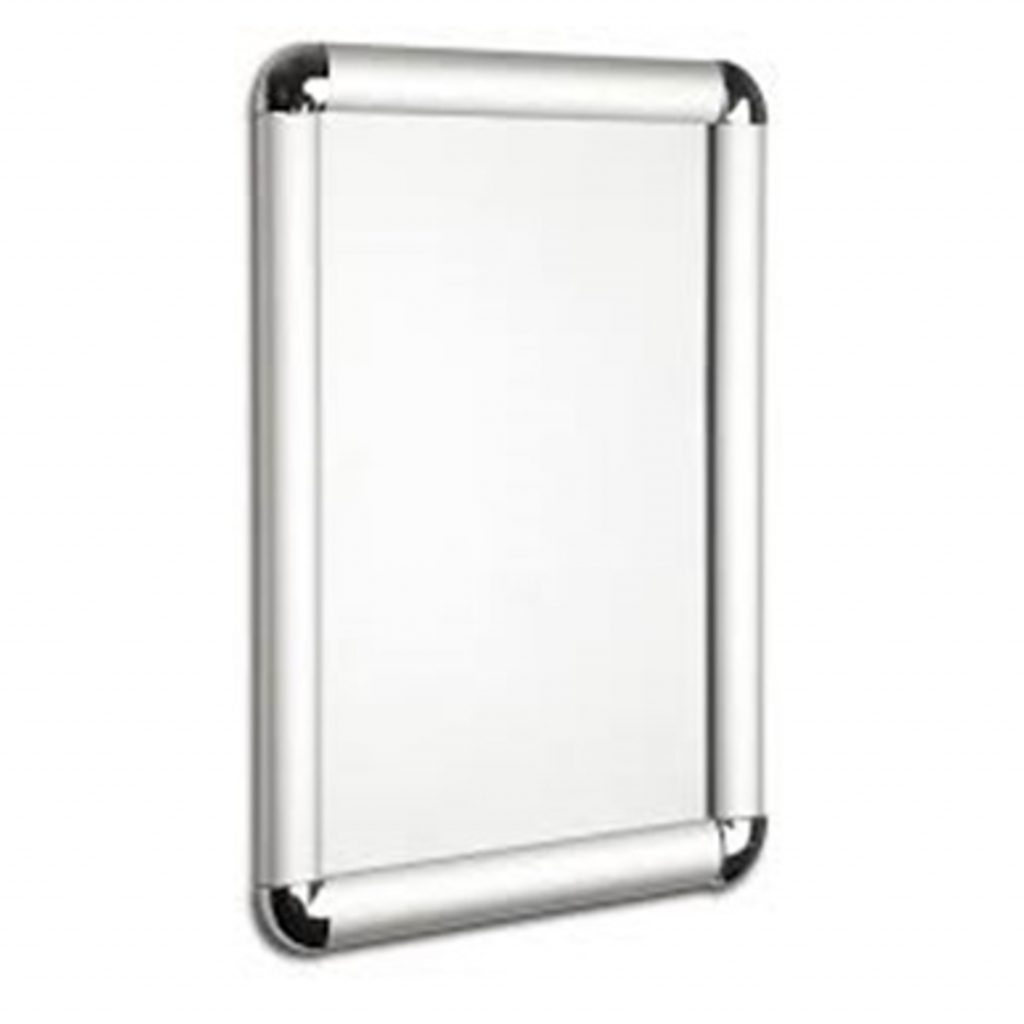Why even opt to fabricate plastic products? For starters, plastic fabrication generally has the benefit of having considerably fast completion times, and in contrast to the majority of materials there’s also the choice of colouring plastic before production, instead of after. It’s significant malleability means that it possesses a reasonably low melting temperature, and it is more light and portable than many other resources – both these aspects simplify the development process. In addition, plastic materials are fairly inert and hence have high chemical resistance. In spite of these benefits, plastic is however unsuitable for applications that necessitate a high structural integrity, and is also very susceptible to damage in the long-term.
Breakdown Of CNC Machining
CNC machining is a computer regulated subtractive procedure, that eliminates material from plastic as a way to generate the desirable form. The computer is high-tech, with the capability to convert a design into numbers by using a computer assisted design software program. The numbers are then able to manipulate the machine to cut the required form. To setup, the machines need an intermediate stage in the development and validation of tool paths. When the machine is provided with the tool paths, the subtractive procedure is launched. When the assemblage is complete, the component part is cleaned, smoothed, and cut.
For low volume plastic component applications that demand tight tolerances and forms that are tough to mould, machining is perfect. CNC machining boasts minimal to moderate initial costs, and can also create top of the line plastic parts with minimal finishing times. However, with increased product difficulty, the cost per part climbs up. Furthermore, this process needs tool access allowances, and particular designs, for instance those with curved interior channels, are near-impossible to make with CNC manufacturing.
Breakdown Of Vacuum Formation
Vacuum formation is a process during which plastic material is warmed and moulded, commonly using a mould. The enormity and complexity of vacuum-forming machines range from affordable desktop technology to superior production equipment. If you’re looking for more information relevant to snap frames a3 this web page www.display-warehouse.co.uk/ has a whole lot more expert articles in regards to black snap frames.
It is often suited to any venture, from made to order designs to large-scale manufacturing, taking into consideration the large choice of machinery available and that automatisation is undoubtedly an option when necessary. Having said that, there is minimum freedom in the different types of shape it can produce, and is unfortunately only able to produce pieces with simple geometries. When compared with various other methods, tooling prices are minimal, simply because vacuum formation only requires minimal forces and pressures. Typically, for smaller manufacturing sizes the moulds are created from Three-dimensional printed resin, or possibly plaster, and for larger development sizes more robust equipment composed of metal is commonly used.
The development method commences with a sheet of plastic material being clamped and heated up so that the plastic becomes mouldable. The plastic will then be placed into the mould and cooled, and quite often fans as well as other cooling strategies are implemented in an effort to accelerate the cooling process. The last stage involves any surplus plastic being removed.

